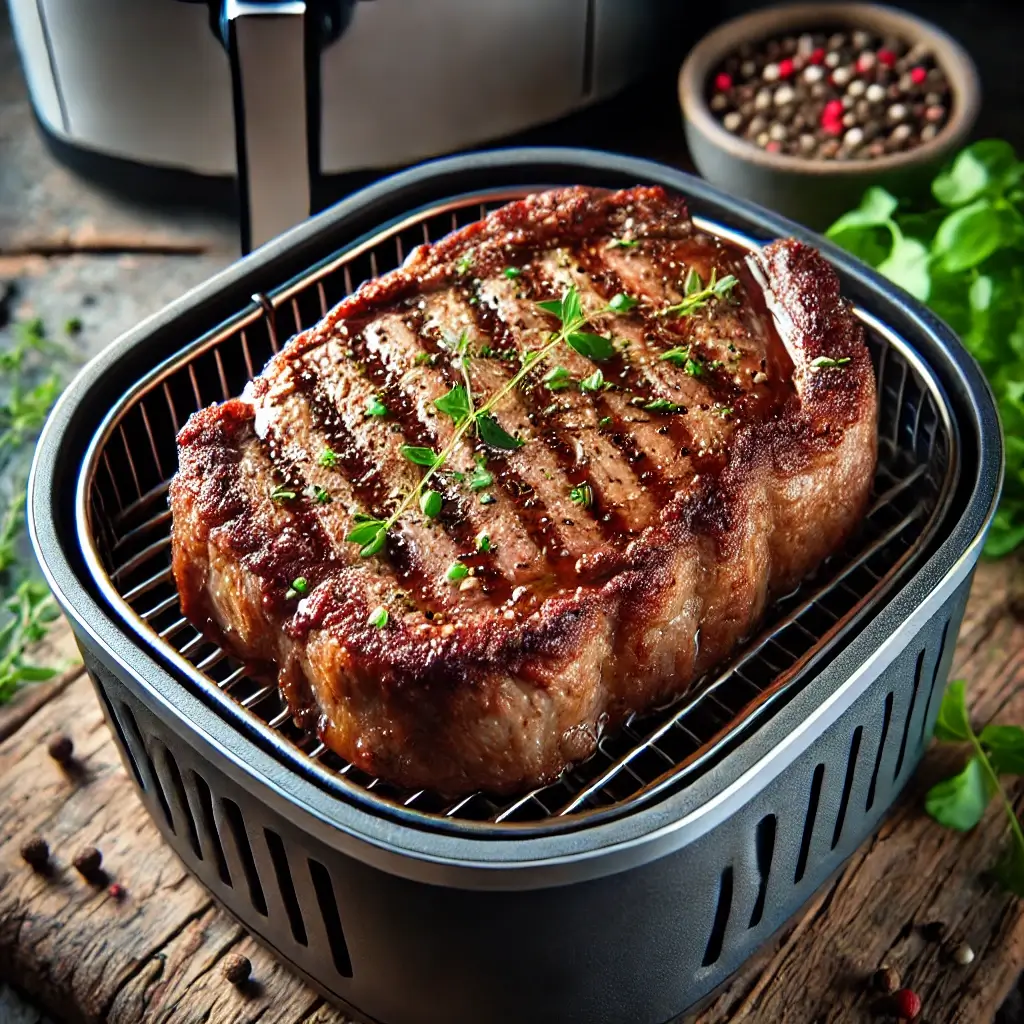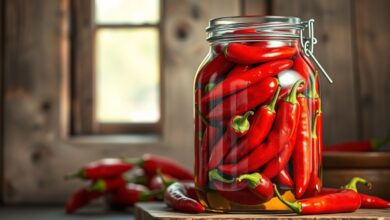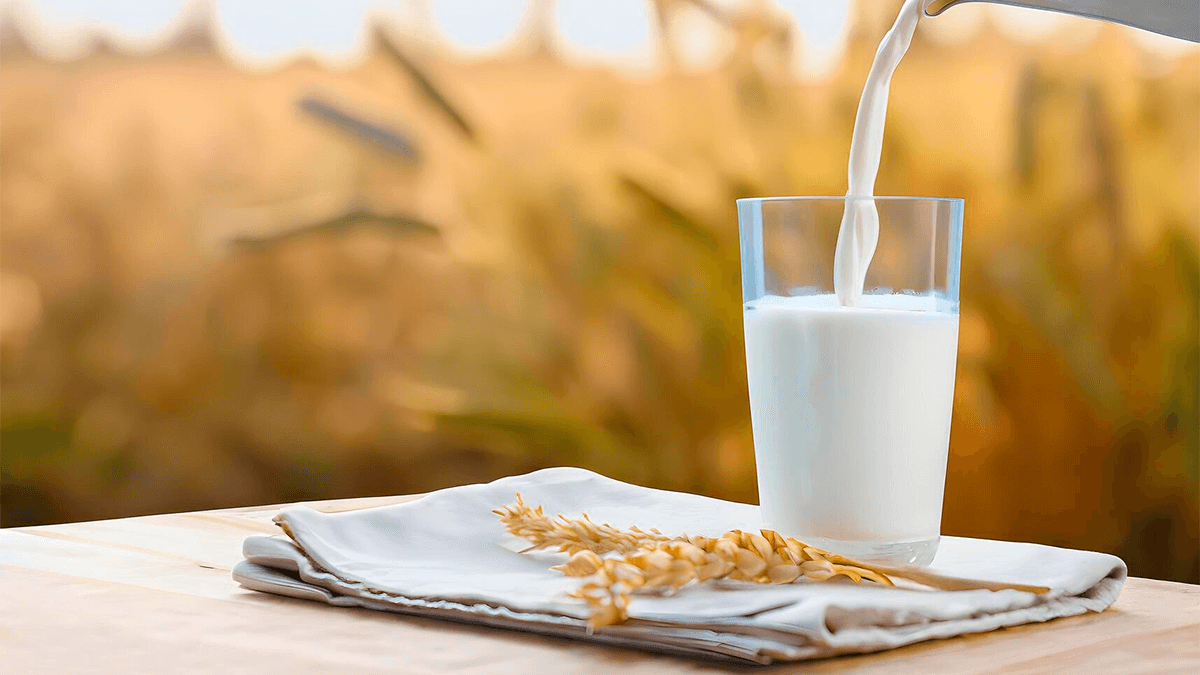Body of Wine: Understand Its Influence on Tasting

Body of wine: what it is and how it influences tasting
O wine body is one of the most important aspects for those who wish to understand the essence of this beverage and enhance the tasting experience. This term relates to the density, texture, and sensation that the wine offers to the palate, generally classified into three categories: light body, medium body, and full body. Understanding what wine body means helps not only in appreciating the drink but also in pairing it with food.
Many people who enjoy wines may not have a clear concept of wine body, but it is fundamental for those who want to explore all the flavors and sensations during tasting. Simply put, body represents how the wine fills the mouth, reflecting its texture, volume, and richness of flavors, often influenced by alcohol content and other components.
What is wine body?
Wine body is the tactile impression the liquid provides when tasted, combining its viscosity, weight, and texture perceived in the mouth. Factors such as acidity, alcohol content, tannins, and sweetness work together to create a sensation of greater or lesser density. Therefore, full-bodied wines feel “heavier” and richer, while light-bodied wines are softer and more fluid.
An example that helps understand this concept is the comparison with fruit juices: orange juice is usually light, while mango juice is denser and fuller due to its texture and more concentrated flavor. The same principle applies to wines.
It is important to highlight that wine body does not determine its quality. There are excellent light-bodied wines and also incredible full-bodied options. Each style offers a unique sensory experience, and the choice depends on personal taste and occasion.
Why is wine body fundamental in tasting?
Understanding wine body is essential to identify the drink that pleases the palate the most and to improve tasting technique. Additionally, knowledge of body helps in food pairing, whether seeking harmonious combinations with light or medium-bodied foods or an interesting contrast like full-bodied wines with light dishes, and vice versa.
Full-bodied wines usually present more intense flavors and greater persistence in the mouth, with a more pronounced aftertaste. In contrast, light-bodied wines often have more prominent acidity, providing freshness and lightness. However, it is important to remember that tannins and alcohol content alone do not define body — it’s a combination of multiple elements.
Factors that define a full-bodied wine
- Alcohol content: Wines with alcohol above 13.5% tend to be fuller-bodied.
- Amount of tannins: Tannins provide structure and a sensation of weight on the palate.
- Residual sugar content: May increase the sensation of body and sweetness.
- Acidity: Wines with lower acidity generally appear fuller-bodied.
- Grape variety: Certain grapes, like Malbec and Syrah, tend to produce naturally full-bodied wines.
- Climate and terroir: Grapes grown in warmer regions tend to produce denser wines.
- Aging methods: Wines aged in fresh oak barrels gain more body and complexity.
Tips for identifying wine body
- Check the alcohol content on the label: Values below 12.5% indicate light body; between 12.5% and 13.5%, medium body; above that, full body.
- Analyze the aging: Wines that age in barrels tend to have a more robust body.
- Know the grape variety: Varieties like Pinot Noir, Frappato, and Gamay produce light wines; Sangiovese and Carménère medium; Malbec, Syrah, and Cabernet Sauvignon full-bodied.
- Consider the climate of the producing region: Warmer regions tend to produce wines with fuller body.
It is worth remembering that the winemaker can influence the final body of the wine by adapting winemaking techniques to soften or intensify the effect according to the desired style.
Wine body classification: light, medium, and full-bodied
Wine body can be divided into three main categories that reflect how the wine presents itself in the mouth:
Light-bodied wine
Characteristics include lower alcohol, soft tannins, and fluid texture. These are refreshing wines, usually fruity and easy to drink. Common examples are Charmat-method sparkling wines, Prosecco, and pale-colored rosés.
Medium-bodied wine
They present a balance between acidity, alcohol, and tannins, being versatile for diverse occasions. There may be light contact with wood, adding complexity. They are suitable for accompanying various dishes due to their flexibility.
Full-bodied wine
They have higher alcohol concentration and more pronounced tannins, as well as a denser texture. They typically age in oak barrels, gaining intense and complex flavors. Perfect for robust dishes and meals in cold climates.
How to distinguish light-bodied from full-bodied wine?
To identify wine body, pay attention to the tactile sensation during tasting. Light wines are more watery, cover little of the palate, and provide a refreshing feeling. Full-bodied wines “fill” the entire mouth, with heavier texture and intense flavors.
A practical way is to observe the tears (or legs) that run down the glass after a gentle swirl: thin and quick tears indicate light-bodied wine, while thick and slow suggest greater body.
In the taste test, compare the wine’s sensation to everyday experiences, like the difference between water (light), orange juice (medium), and whole milk (full-bodied). This association helps feel volume and texture simply.
Wine pairing based on body
Light-bodied wines
Perfect for light dishes, ensuring flavors are not overshadowed. Pair with lean fish, seafood, fresh salads, and sushi. Sauvignon Blanc, for example, is excellent for these options.
Medium-bodied wines
Versatile, they pair well with lean red meats (such as top sirloin and flank), white meats, various cheeses, pizzas, and Mexican or Tex-Mex foods. Ideal for varied dinners.
Full-bodied wines
Recommended for richer and fattier dishes, such as roasted meats, pasta with dense sauces, cured cheeses, and spiced dishes. Full-bodied wine helps balance and cleanse the palate, providing a complete experience.
Variety of wines for all tastes
Regardless of preference for light, medium, or full body, there is a wide range of labels on the market to explore and enjoy. These wines adapt to different moments in life, from the simplest to the most special.
Na Ramon’s Stand, it is possible to find a diverse selection of wines, sparkling wines, champagnes, and complements like cheeses and codfish for a harmonious and complete meal.
Try pairing the wine’s body with the ideal meal and discover how each element can enhance the sensory and taste experience.





